We have our hands all over the new OPPO N1 mini these days with the 13 megapixels camera, high-end specifications, a premium feel of the smartphone — but do all these features do justice during the actual usage? You will know that as you continue to the review. OPPO came into electronics back in 2004 and since then have been hitting success points with various consumer electronic devices. Starting from 2008, OPPO entered the mobile market and fast-forward to 2014 — the OPPO N1 mini was launched as a ‘mini’ version to the original OPPO N1, but let’s be honest, it is not the ‘mini’ variant you expect.
My initial impression about the OPPO N1 mini was very different as I thought it would have a cheap plastic feel to it, a not-so-optimized Android software, a low-quality camera sensor and what not — but that escalated quickly as I started to use this phone. How much did I like the OPPO N1 mini? Let’s continue with the review and find out.

OPPO N1 mini Review
OPPO N1 mini is very identical to the original OPPO N1 in looks, but differs internally. In fact, this Android phone is similar to several other Android devices, but we’ll do a detailed comparisons with other devices soon. I have been playing around with the OPPO N1 mini since a week and I believe this period is good enough to judge how well a smartphone is or not. Here are the technical specifications of the OPPO N1 mini.
- Display: 5.0-inch IPS LCD display (720 x 1280 pixels), light sensor, proximity sensor
- Processor: 1.6 GHz quad-core Cortext-A7 CPU, Qualcomm Snapdragon 400 chipset, Adreno 305 GPU
- Camera: 13 megapixels camera with touch focus, HDR, LED flash, rotating camera
- Video: 1080p video recording at 30 FPS
- Memory: 2GB RAM, 16GB internal storage
- Connectivity: Bluetooth 4.0, WiFi, microUSB
- Other: A-GPS, 3.5 mm jack, accelerometer, Kingsoft office, Quiet Time mode and much more.
- Battery: 15 hours battery time with normal usage, 2140 mAh Li-Ion battery
- OS: Android 4.3 Jelly Bean with ColorOS 1.4
Powerful specs, eh?
OPPO N1 mini: Display
OPPO N1 mini boasts a large 5.0-inch 720p display screen, a not-so-common screen size for ‘mini’ variants. It has an IPS LCD panel — this is why it didn’t feel much different after switching over from my Nexus 5 to OPPO N1 mini. Overall quality of the display screen is great. Contrast levels are low, but brightness is high and vivid colours make up for that. HD videos and high-end games on the OPPO N1 mini look great.

The display screen works great even in direct sunlight. I have spent more time using this phone outdoors, instead of being indoors. Never had any trouble reading anything on the screen, thanks to the light sensor and auto-brightness calibration in Android.
OPPO N1 mini: Design

Like I said earlier, my initial impressions about the design were that the hardware would feel cheap and plastic but that was not the case. It has a solid feel when you hold the OPPO N1 mini in your hand and gives you the sense of holding a premium product. OPPO has no doubt proved that they are one of the best Chinese mobile manufacturer. Just above the 5.0-inch display screen, there is the rotating panel which has the phone speaker and various sensors. And also includes the 13 megapixels camera along with LED flash.
There are three capacitive touch buttons at the bottom of the display screen – Options, Home and Back keys.


Unlike many other Android phones by LG and Samsung, OPPO N1 mini has the power button on the left side and the volume controls on the right side of the phone. Slightly inconvenient when moving from the Nexus 5 / Samsung Galaxy Note 3, but you get used to it in a day or two. On the right side of the phone, you will also find the SIM slot.


The rotating camera mechanism is said to be tested 100,000 times, which according to OPPO if rotated about 40 times a day will work without any issues for seven years! It is safe it say that this is the first Android phone that put selfies first before anything else. I have never been this happy sharing my “13 megapixels selfie” online.

At the bottom of the phone, you can find a 3.5mm jack for earphones, a microUSB slot, mic and a loud speaker. There is nothing at the top of the phone because of the rotation camera.
OPPO N1 mini is available in white and cool mint colours, whereas there is also a yellow colour available for the Chinese market.
OPPO N1 mini: Performance / Speed
This phone is powered by a quad-core Cortext-A7 CPU (clocked at 1.6 GHz) on the Qualcomm Snapdragon 400 chipset. Performance wise, I love this phone. There is no lag whatsoever while using the phone — no matter how many apps are running the background. High-end games worked buttery smooth, thanks to the powerful GPU under-the-hood of this Android device. Multitasking works like a breeze and all your usual tasks are done faster thanks to a huge number of gestures available for the OPPO N1 mini.

We will be posting a detailed benchmarks comparison with several other Android phones soon — keep checking us for that!
OPPO N1 mini: Camera
The 13 megapixels selfie phone — this is what I call the OPPO N1 mini. It takes the quality of selfies to a while new level with a rotating camera which takes amazing pictures. I take a lot of pictures, like really a lot. My Google+ photo backups have thousands and thousands of pictures from a number of Android devices I use. In my last one week of usage with the N1 mini, I was able to extensively play around and take pictures with its camera — selfies or not — they all came out so amazing.

The camera app that comes with this phone includes several modes like: Ultra HD, Colorful night, Beautify, HDR, Panorama, Slow shutter, Audio photo and GIF (yes!). It can also capture 1080p videos at 30 framers per second.

There is no secondary camera on the phone, but this is where the rotatable camera comes to use. You can make high-quality video calls over Hangouts, Skype etc. with your friends and family using the 13 megapixels camera and of course take selfies as mentioned earlier.
Photos taken with the OPPO N1 mini are at 4160 x 3120 resolution and the average picture size is around 4MB.
Here are some sample shots that I took with this phone:


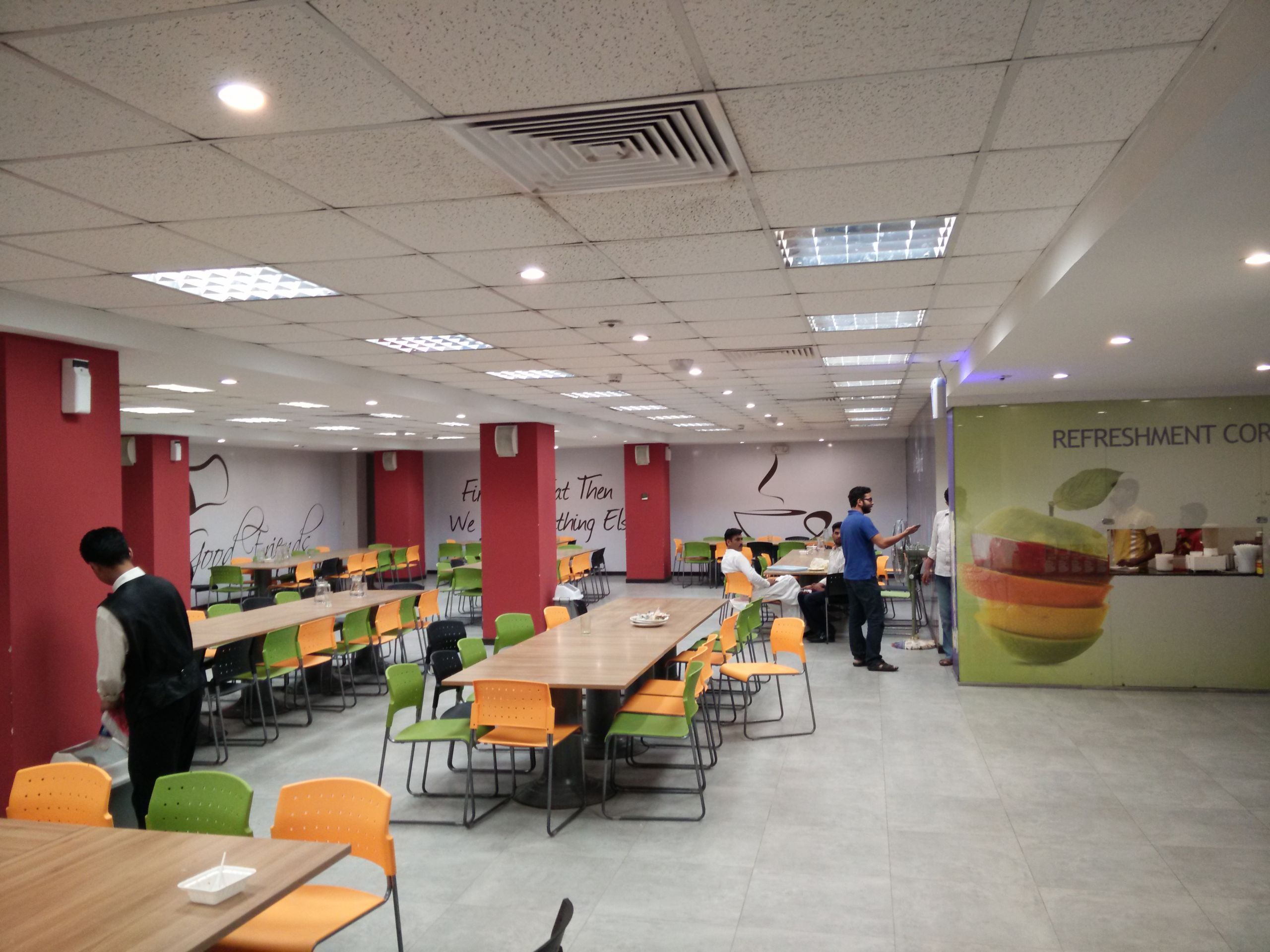







OPPO N1 mini: Connectivity

N1 mini offers all the usual connectivity options such as Bluetooth 4.0, WiFi, and microUSB support. You can also convienetly cast your OPPO N1 mini display screen to a TV or a larger screen to display your media content. This phone comes with around 16GB of internal storage for us to install apps/ games, lots of music and movies (yes, some of us do that!).
In the box, you can find the OPPO N1 mini, micro USB cable, adapter and earphones.
OPPO N1 mini: Software

OPPO N1 mini runs on ColorOS 1.4 over Android 4.3 Jelly Bean. ColorOS features online skins, custom apps, lots of new animations and effects etc. I love stock Android, but ColorOS was a nice change over that. And unlike other Chinese custom ROMs, ColorOS didn’t skip out the app drawer and threw everything on your home screen. Customization can be done at almost every level.

Your ColorOS home screen comes with about 3 different screens and up to 9 can be added. You can easily swipe and jump around different screens, but you can also easily slide your finger over the tiny dots and quickly move around — similar to how Samsung has implemented this in TouchWiz. You also have the option to change animation effects. The general UI is very easy-to-use with gestures making things easy even further. All these can be modified by long pressing any empty area of your home screen and then customize the way you want. Lots of widgets are also available for media apps like Music, Photos etc. My favourite is the live weather effect on your home screen — based on the weather conditions in your area.
OPPO N1 mini supports a long list of gestures. You can quickly turn on the camera by drawing a circle on the screen while your phone screen is off, flashlight can be switched on by drawing a V shape on your screen. For taking screenshots, just swipe three fingers down and the screenshot will be saved in your phone. This is not all, I haven’t even got to try out the full list of gestures and other display features in my one week or so with the phone.
The list doesn’t end here. ColorOS also brings several motion-based features to this phone. For example, you can easily answer an incoming call by bringing the phone close to your ear without having to accept/answer the call with a swipe or button. Or proximity sensors can be used to make sure the screen doesn’t turn on while in your pocket.
There are some very powerful and effective power-saving features available in the OPPO N1 mini which can make your phone work for around two days instead of just 10-15 hours.

ColorOS comes with a few exclusive apps that we would like to highlight here:
Anti-harassment: A nifty app to manage all your blacklisted numbers, blocked contacts and blocked messages.
App encryption: Lock apps that you don’t want anyone else to open up. There are several apps available in the Play Store, but it is always better to have something built-in which is much more secure.
Backup and restore: This app helps you backup your applications and settings so they can be restored at a later time.
Calendar: A better calendar app with an improved UI is also included with ColorOS. You can also download Google Calendar separately from the Google Play Store.
Compass: The name says it all.
Data Monitor: A nice app to check your mobile data usage and stay within limits to avoid any extra charges.
Data saving: This app can help unknown apps to stop using your mobile data in the background.
Files: A beautiful app for all your file management needs.
Flashlight: This is OPPO’s flashlight app.
Guest Mode: To let guests play around within a pre-defined area of your phone — can also be used as kids mode.
Notes: A note-taking app that comes with the ColorOS.
O-Cloud: This app lets you backup SMS messages, contacts and chat messages over to the cloud. “Find your phone” feature is also included with this.
Power Manager: A very detailed app on how your phone manages power with so many apps installed. This is the ‘Battery’ app of Android, much looks much neat and clean.
Theme: You can change the overall look and feel of your ColorOS by downloading beautiful themes online.
OPPO N1 mini: Screenshots






















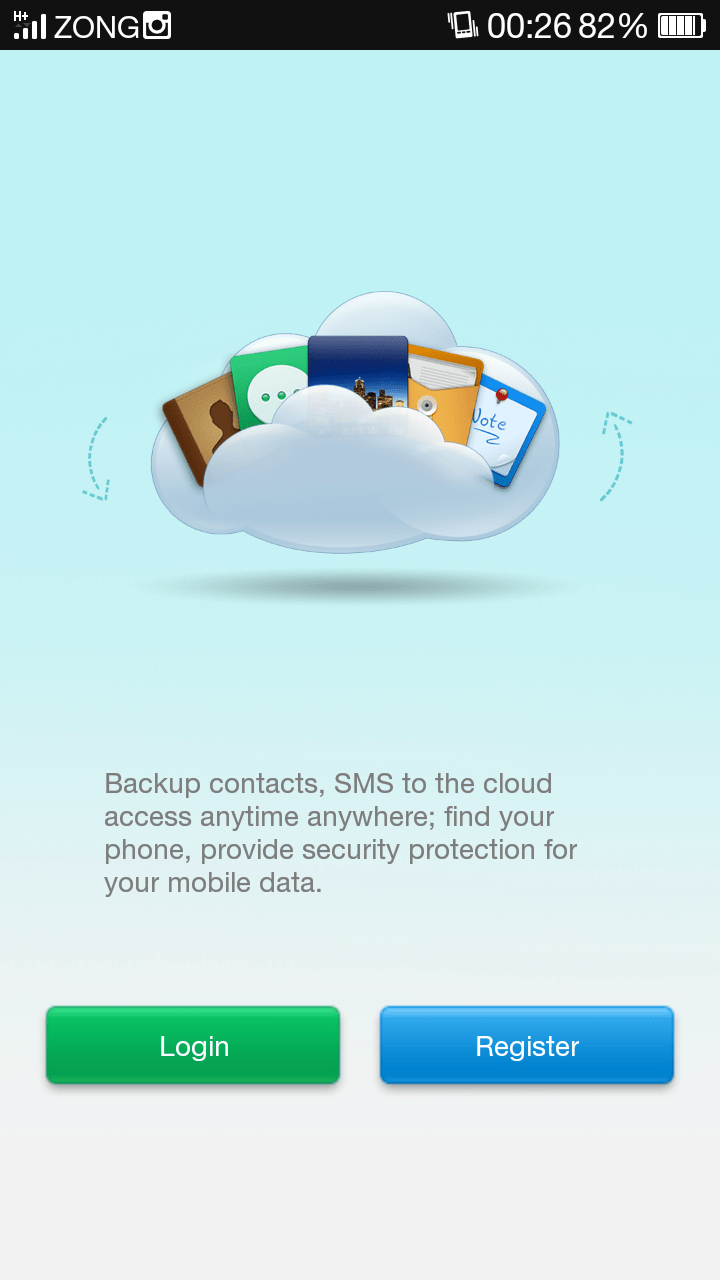

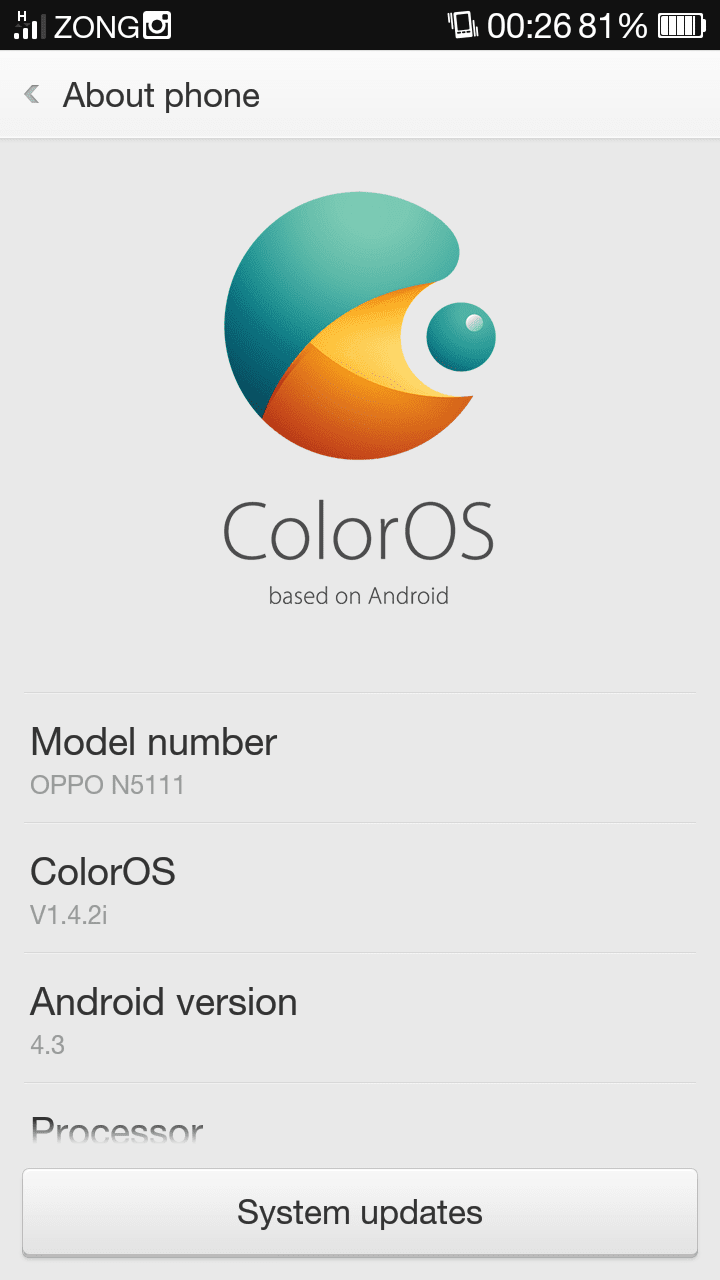
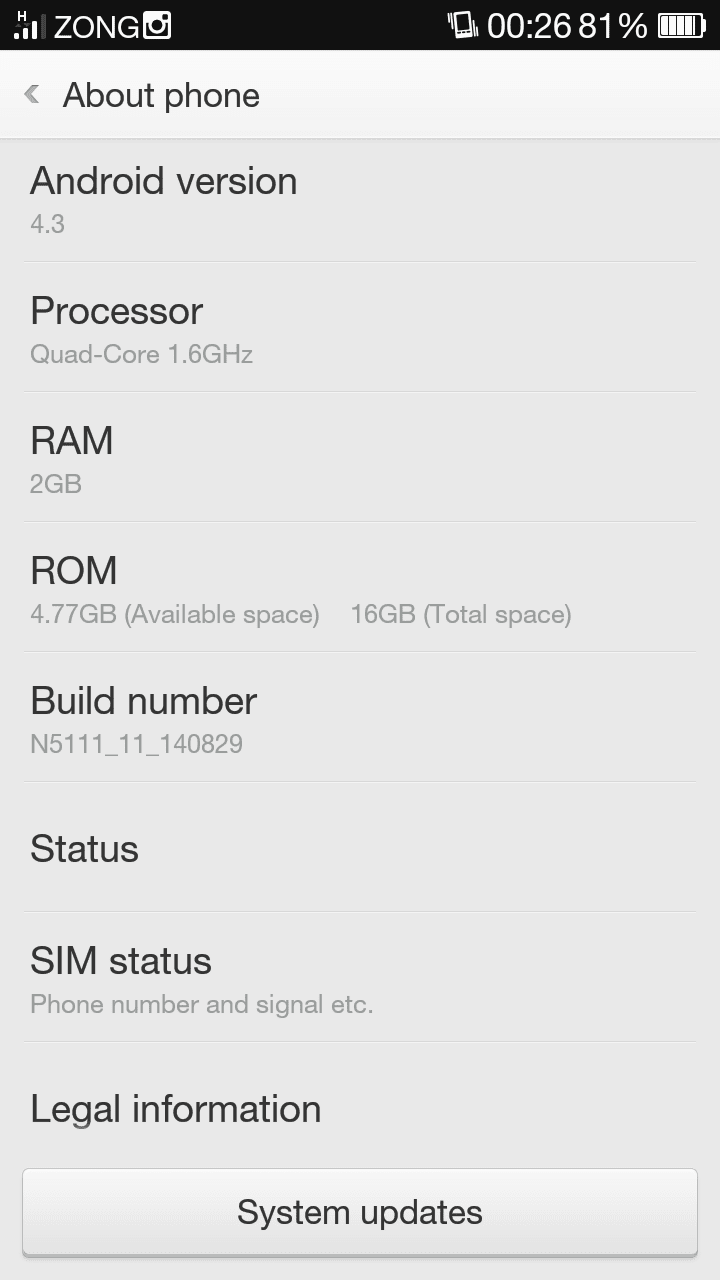
OPPO N1 mini: Gallery


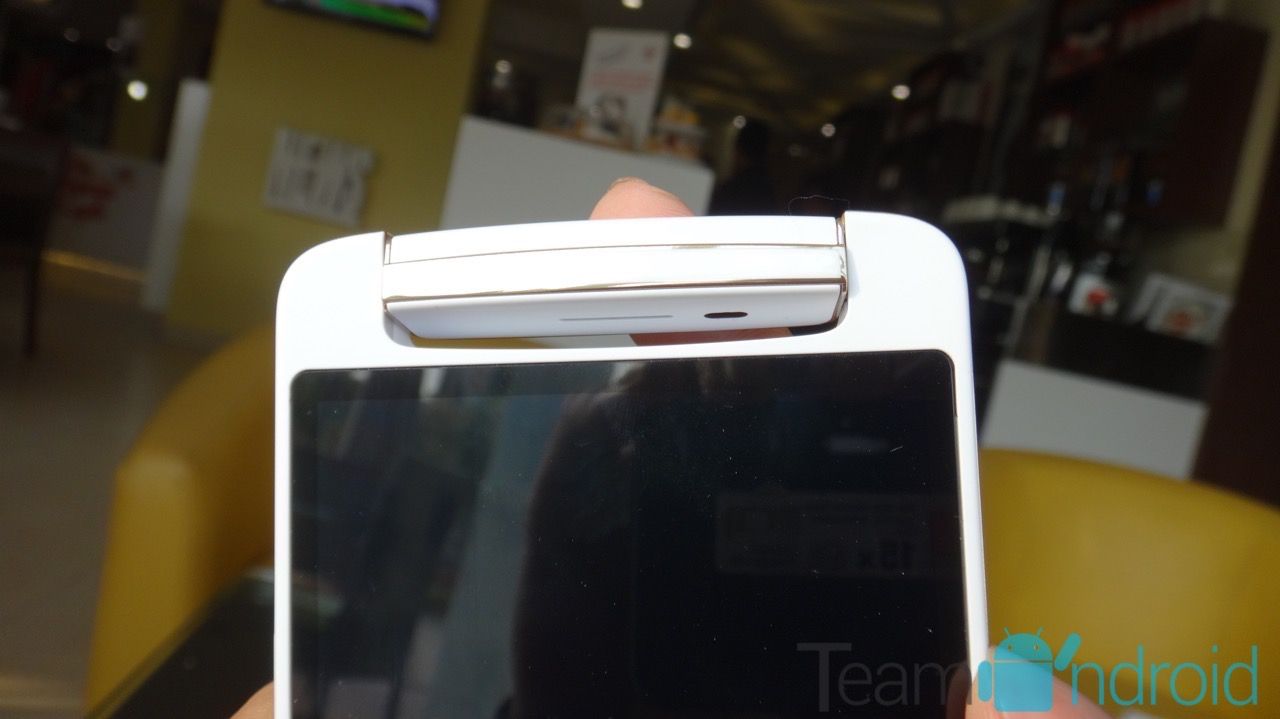







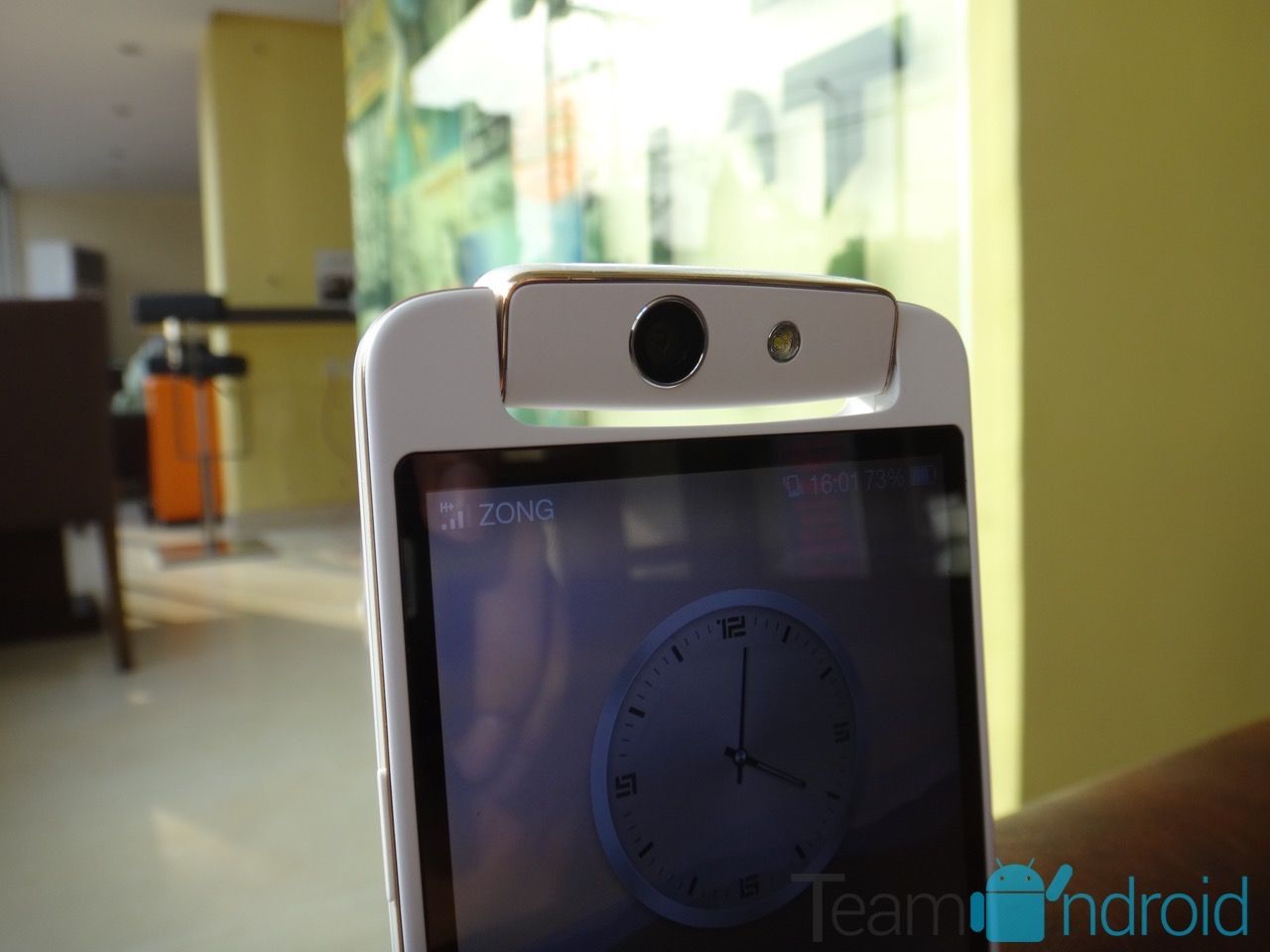

























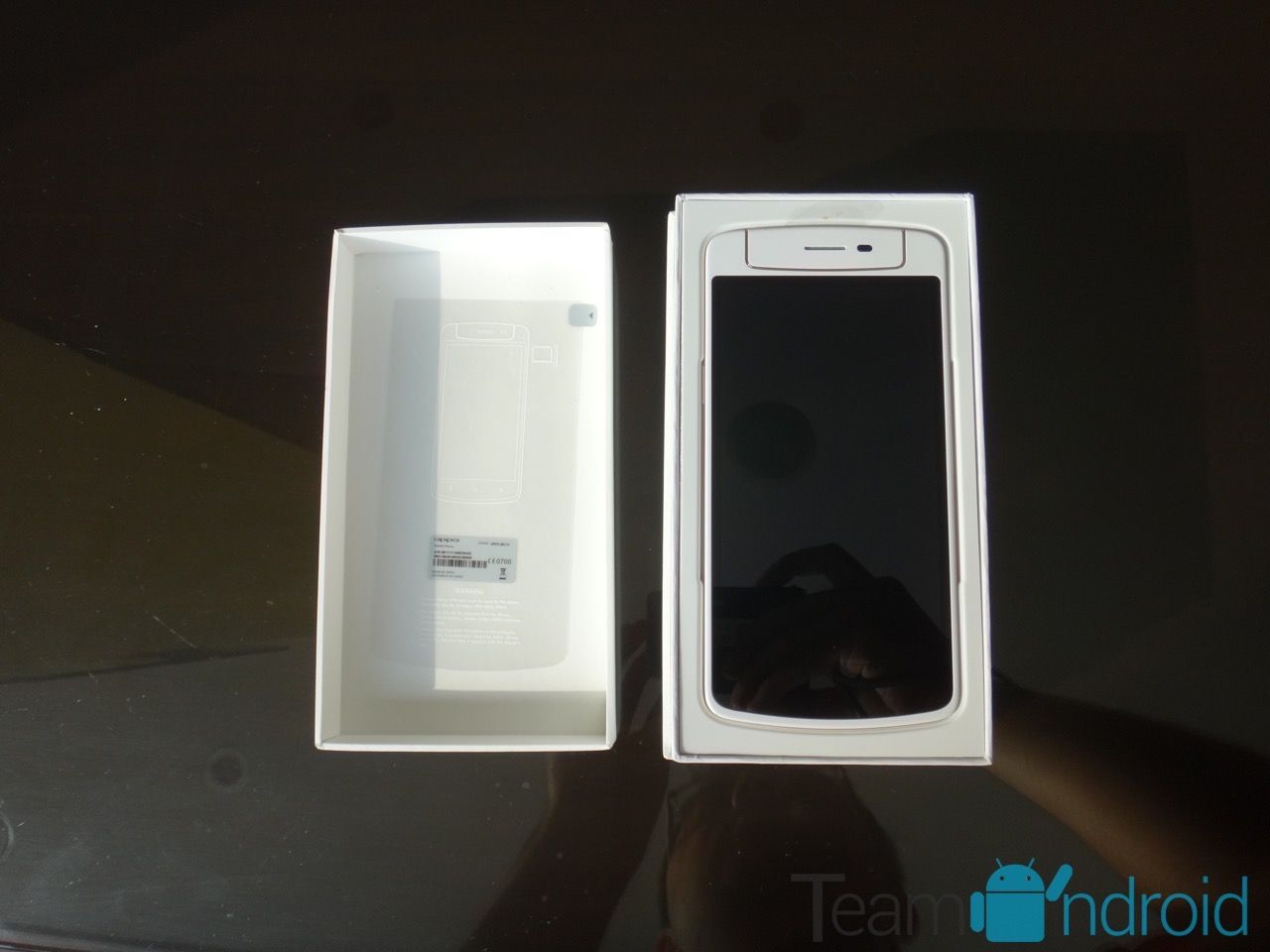





I didnt find the review that u have to or have not to buy the mobile…. I think android authority wrote better video than this…
Somebody know how to set the mobile data always ON. its a bit annoying when need to on the mobile data so many times.